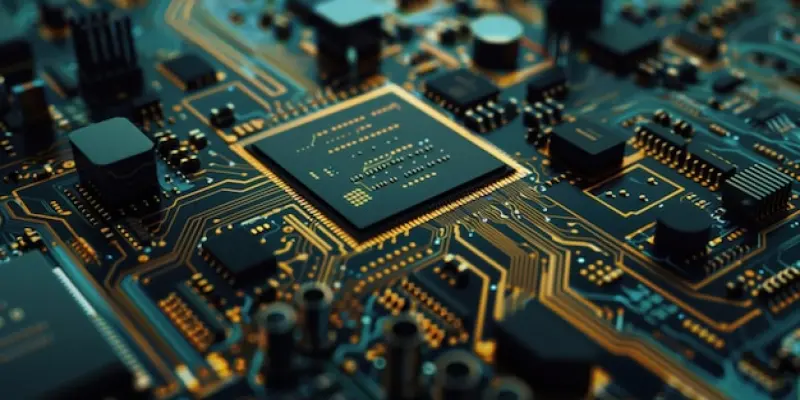In a significant development in the graphics card market, Chinese vendors have started selling an enhanced 48 GB version of NVIDIA’s GeForce RTX 4090, priced at $3400. This new iteration stands out due to its ample VRAM, catering explicitly to memory-intensive workloads, especially within the burgeoning AI sector. Equipped with an all-in-one (AIO) liquid cooling system and a triple fan design featuring a radiator, this model promises efficient heat dissipation, ensuring optimal performance.
Enhanced Memory for Specialized Applications
The critical innovation of this version lies in its increased memory capacity. The 48 GB VRAM is particularly beneficial for AI-driven computational tasks that necessitate significant memory resources. Despite this increase, the card retains the same memory speed and a 384-bit bus width as its 24 GB counterpart, ensuring that the memory bandwidth remains unaffected. While the augmented memory does not directly translate to enhanced gaming performance, it aligns perfectly with the growing demands in AI and other specialized fields.
The heightened VRAM capacity makes this card a unique component in the graphics market, providing a competitive edge for specific computational needs. There is also speculation about the release of an even more advanced variant with a 96 GB memory, aimed at highly specialized tasks. This potential expansion indicates a trend towards catering to niche markets that require such extensive memory capabilities.
High-Performance Cooling Solution
An essential aspect of the 48 GB RTX 4090 is its cooling solution, developed by the BYKSI brand. The AIO cooling system is designed to handle the increased performance demands of the higher memory configuration. The triple fan design, coupled with the radiator, ensures that the card operates within optimal thermal conditions. Efficient cooling is crucial for maintaining the card’s performance and longevity, especially when dealing with demanding applications that generate substantial heat.
The legitimacy of this enhanced version has been verified through visual confirmations, including checks via Task Manager and GPU-Z. Reddit user u/CeFurkan played a pivotal role in bringing this version to the public’s attention, providing authentic visual evidence of the 48 GB capacity. The confirmation adds a layer of credibility to this development, assuring potential buyers of the card’s actual specifications.
The introduction of this 48 GB version reflects the market’s adaptive strategies to meet the specific needs of different user segments. While the RTX 4090 remains challenging to find at its manufacturer’s suggested retail price (MSRP), the 48 GB RTX 4090 offers a competitive alternative. This strategy highlights the dynamic nature of the graphics card market, continuously evolving to provide solutions that cater to both broad and specialized demands.
Meeting Evolving Demands in the Graphics Card Market
In a noteworthy update within the graphics card industry, Chinese vendors have begun offering an upgraded 48 GB version of NVIDIA’s GeForce RTX 4090, carrying a price tag of $3400. This enhanced model is particularly striking due to its substantial VRAM, which is specifically designed to meet the needs of memory-heavy tasks, particularly in the rapidly growing field of artificial intelligence. The card comes fitted with an all-in-one (AIO) liquid cooling system, and it also boasts a triple fan configuration that includes a radiator. This setup is engineered to maximize heat dissipation, ensuring that the card maintains peak performance even under demanding conditions. The significant increase in VRAM makes it ideal not just for AI workloads but also for high-end gaming and professional applications like video editing and 3D rendering. This development reflects the ongoing innovation and competitiveness in the GPU market, highlighting NVIDIA’s commitment to delivering top-tier performance for various cutting-edge applications.

